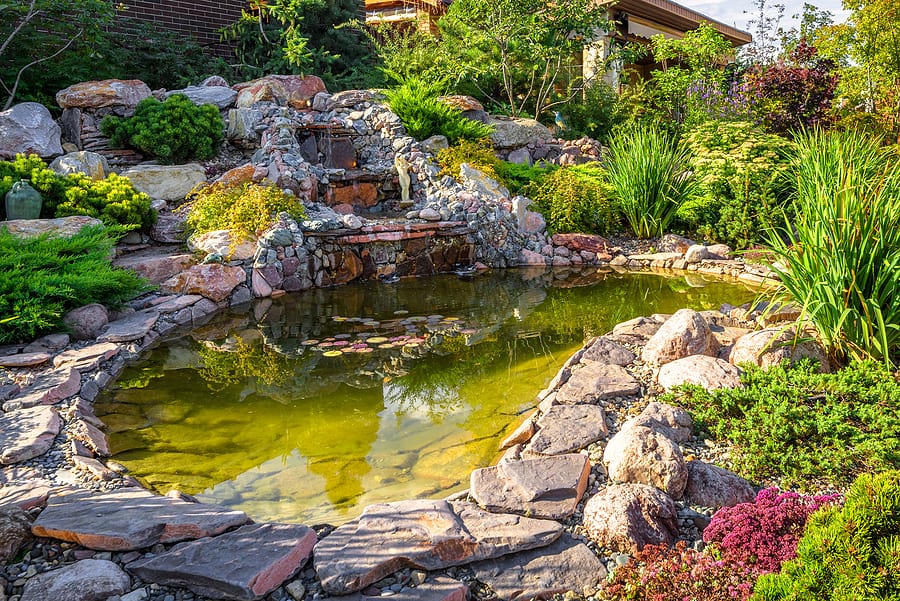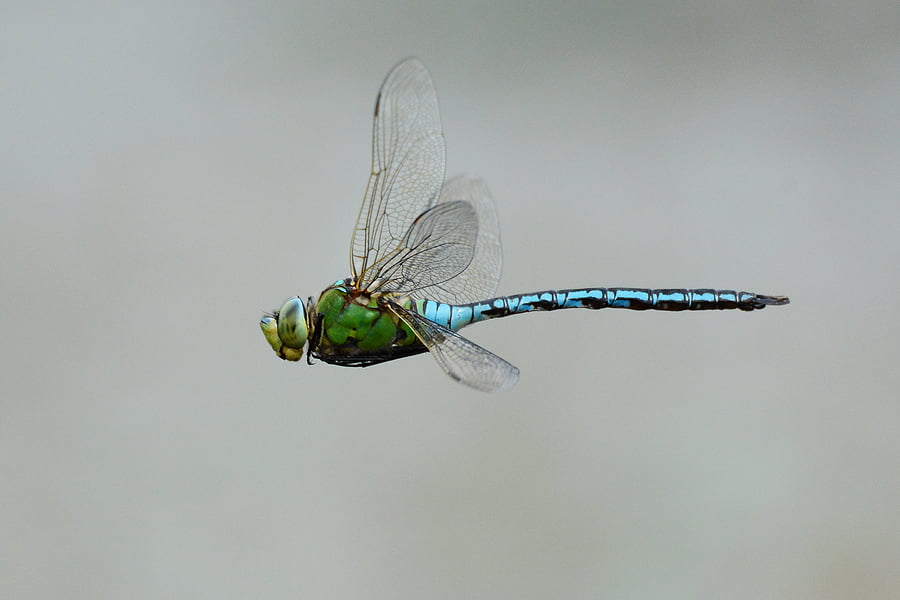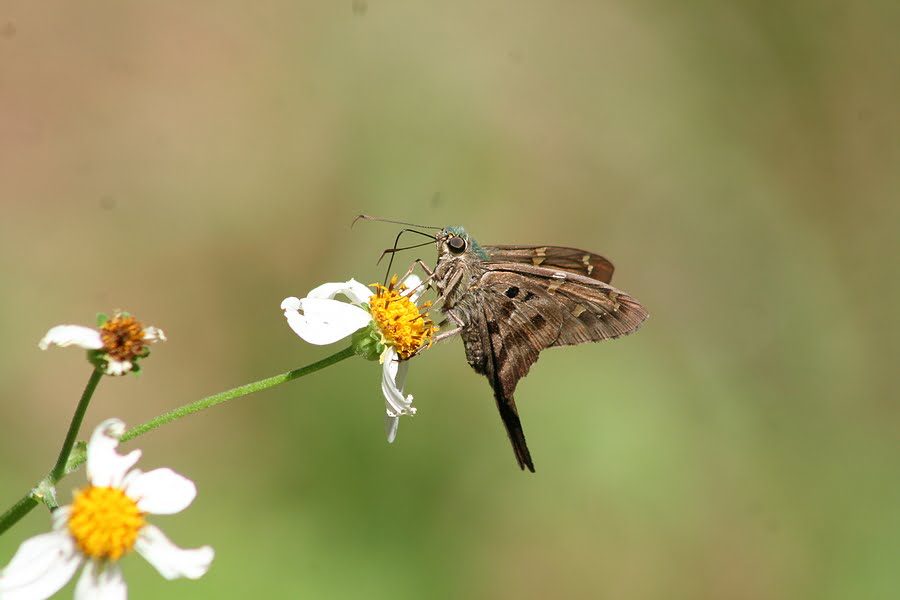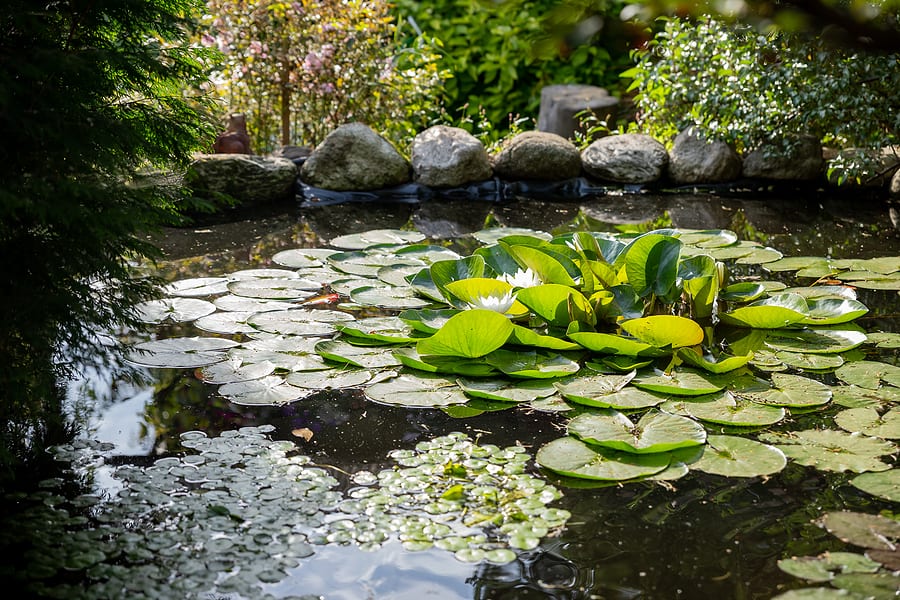
Top Questions To Ask When Designing Your Garden Pond
10th January 2023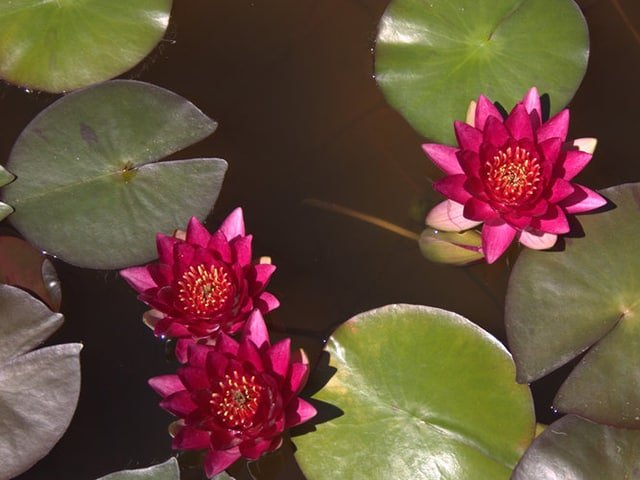
The Best Flowering Water lilies
30th January 2023Ponds have an important role to play in the natural habitat, and many also have an interesting history. Here are some fascinating facts that you may not know about ponds. ere aHggg
The UK has three million garden ponds
There are about three million garden ponds in the UK, according to the Wildlife Trust. They are fascinating ecosystems that support a host of aquatic plants and creatures. Even if the original purpose of the pond was ornamental, frogs, toads, and insects may soon decide to make it their home!
70% of UK ponds have been lost
There are over 500,000 natural ponds in the UK according to the Wildlife Trust. However, nearly 70% of ponds have been lost from the countryside over the last 100 years. Ponds that are not maintained will silt up over time, or become stagnant or choked with weeds. Many ponds have also been deliberately filled in for land development purposes.
Water features were an ancient status symbol
Ornamental garden ponds have a long history, and can first be traced back to the Ancient Egyptian era. A garden water feature was a status symbol, especially in hotter climates where water was a precious resource. In the 17th and 18th century, grand country houses often kept exotic fish in formal garden ponds.
Ponds are under threat from exotic species
There’s no need to introduce wildlife to the pond yourself—in fact, this is not recommended because it carries the risk of bringing in diseased or invasive plants.
It is estimated that one in 10 ponds contain an invasive plant species. These are non-native species that were intended to be used in ornamental garden ponds. However, because many of these plants have no natural predators in the UK, they often spread rapidly and take root in the wild countryside.
Once an invading plant has taken root in the wild, it can choke out the native and rare species that birds, insects, and aquatic creatures use as a food source, with serious consequences for the biodiversity of the area. Non-native plant species are often immune to disease, and in the mild British climate they do not die back extensively during the winter.
It is an offence to intentionally keep or cultivate certain non-native plant species in the UK. There’s a lot of information available about how to identify an invasive species, and what to do if you spot one in your garden or in the countryside.
Village ponds were an important community resource
A village pond is a common attractive feature of many rural communities in the UK. However, the original purpose of these ponds was functional rather than decorative. Known as dew ponds, they would serve multiple purposes, such as providing a communal place to wash clothes, water livestock, wash off farm horses, and stock fish and waterfowl.
The British Landscape website explains that many dew ponds were created in the medieval era by teams of touring labourers, who would take about four weeks to dig the pond, usually in a saucer shape about eight feet deep in the centre, and shallower toward the edges. They were lined with puddled clay or chalk, and left to fill up naturally with rainfall.
There are dozens of types of pond in the UK
Most people assume that a pond is simply a body of water that is smaller than a lake. However, most ponds were created with a functional purpose. According to Freshwater Habitats, there are at least 30 different historical or cultural uses of ponds in the UK.
Besides communal village dew ponds, there are many legacy mill ponds around the country that would once have been used to power water mills. Some were also created as a water source for forges or furnaces, or to extract water for other industrial purposes.
Distillery ponds were built because the distilling process requires water to cool the alcohol vapours and condense them to liquid. Other artificial ponds were dug to provide a source of marl, which is a lime-rich clay that farmers spread of fields to reduce acidity, the Wildlife Trust explains.
In Scotland, there are many examples of lost curling ponds both on public land and private estates. These were created to play matches on the frozen pond surface during the winter, mainly during the Victorian era.
Some were adapted from existing ponds, and others were purpose built with masonry walls and an asphalt base, which allowed them to be drained for use as tennis courts or bowling sites during the summer months.
If you are looking for marginal pond plants please get in touch today.


